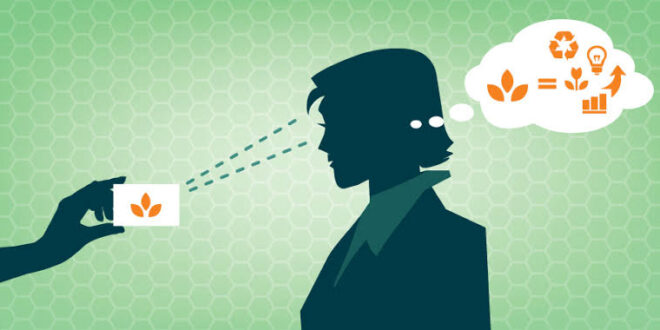A logo that helps identify a brand is critical for any company. Two brands familiar and beloved by Russians, Adidas and Chanel, are recognizable anywhere in the world. Their logos have a rich and slightly mysterious history. Compare the origins and unravel the hidden meanings of famous icons.
From technology to graphics
The founder of the giant concern was the Dassler brothers, who offered durable sports shoes in German after the end of the First World War. The brothers soon disagreed on Nazi ideology. Adolph “Adi” Dassler registered his company name in 1949 and began using 3 stripes to designate his shoes in 1967. But it wasn’t until 1971 that the legendary shamrock corporate sign was invented.
The three-leaf shape (Trefoil) represents the major land masses in the Americas, Europe, Africa, and Asia, respectively.
In 1997, the stripes turned at an angle to form a stepped slope.
The triangular shape symbolizes the mountain, that is, the difficulties that must be overcome.
The mountainous Adidas logo matches the product for professional athletes: the Performance line. The classic shamrock has given way to a new design as the official logo.
Today Trefoil only labels the line of “classic” footwear and clothing.
The third version of the logo is in the shape of a circle with 3 dynamic stripes flying up diagonally, intended for models designed by renowned designers.
The globe symbol was named Neo in 2002.
In 2005, the company decided to simplify the logo. The result is a minimalist design. Adidas created the lettering logo using a custom font and three stripes running horizontally. This Adidas word logo speaks of flexibility, quality and leadership.
Finally, in April 2006, a new Adidas Group sign was launched, uniting all the brands belonging to the group: Reebok, TailorMade and others.
The Adidas logo was created by men, and it shows. The famous Chanel logo has a completely different story. The hostess of the fashion house applied her genius not only to the design of women’s clothing. She chose the composition of the fragrances, designed the interior and became the graphic designer of her own logo.
History and passion
Apparently, Coco Chanel was not the first powerful woman to use intertwined Cs as a symbol.
Catherine de ‘Medici and her mother-in-law, Queen Claude of France, used a similar symbol in the Royal Castle of Blois. But Gabrielle Chanel made him famous all over the world.
Chanel’s iconic logo consists of two intersecting Cs placed opposite one another.
It was proposed for a bottle of a new perfume, the author of which was Coco.
The official history of the fashion house, founded in 1910, claims that Coco Chanel designed the famous Chanel logo in 1925. The source of inspiration came from the geometric patterns of the stained glass windows of the chapel at Aubazin, the monastery where Chanel grew up and spent most of her childhood.
The first version emerged from the intertwined C letters found on the stained glass windows of the Château Cremat in Nice.
The second romantic option is the fusion of the initials of Coco Chanel and Arthur Capel. Boy, which was Chanel’s lifelong love and founding business partner, funded Chanel’s first store. Their passionate relationship continued until his tragic death in 1919, which was a devastating blow for Coco.
Whatever the reason, the austere black double-mirrored C glyph is one of the instantly recognizable symbols. Synonymous with luxury, wealth and elitism.
So, the two famous logos have different stories and different purposes. One thing is certain: the identity of the founder of the brand is often reflected in the logo, uniting the past and the future.
 HammBurg Be informed with latest news, reviews, entertainment, lifestyle tips, and much more.
HammBurg Be informed with latest news, reviews, entertainment, lifestyle tips, and much more.




